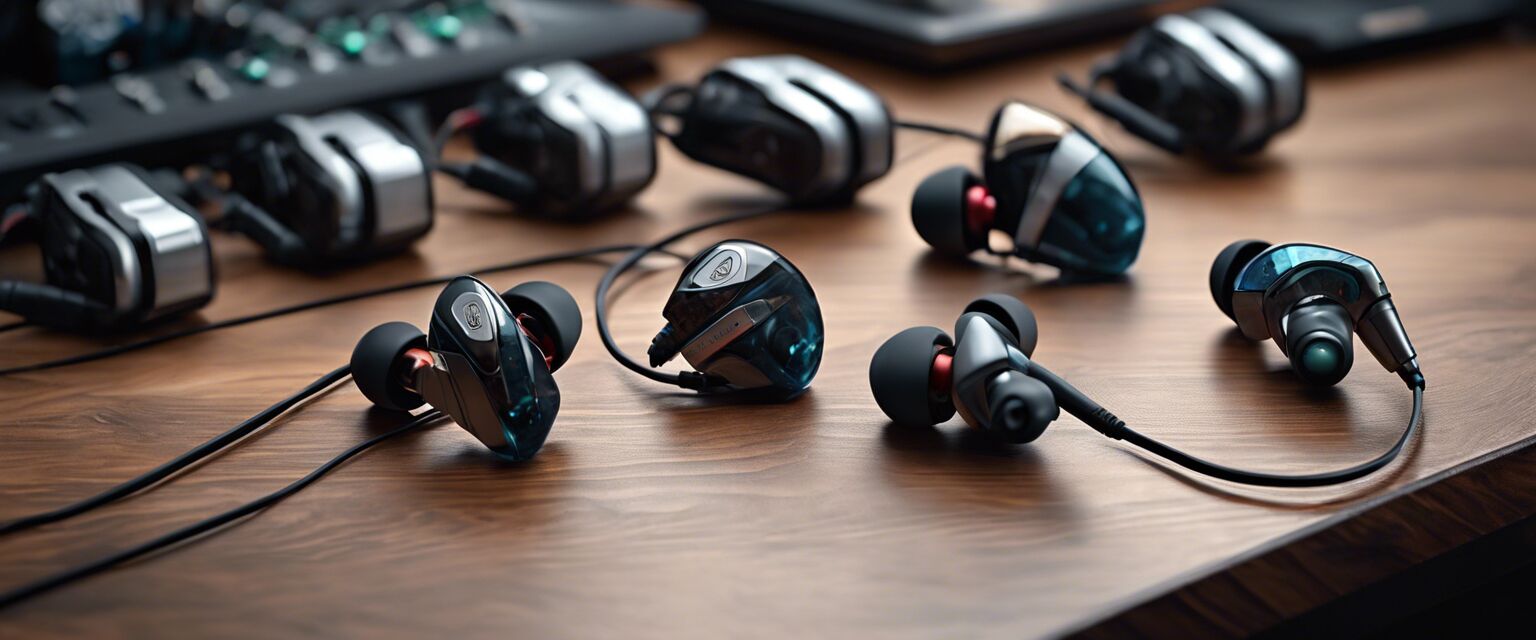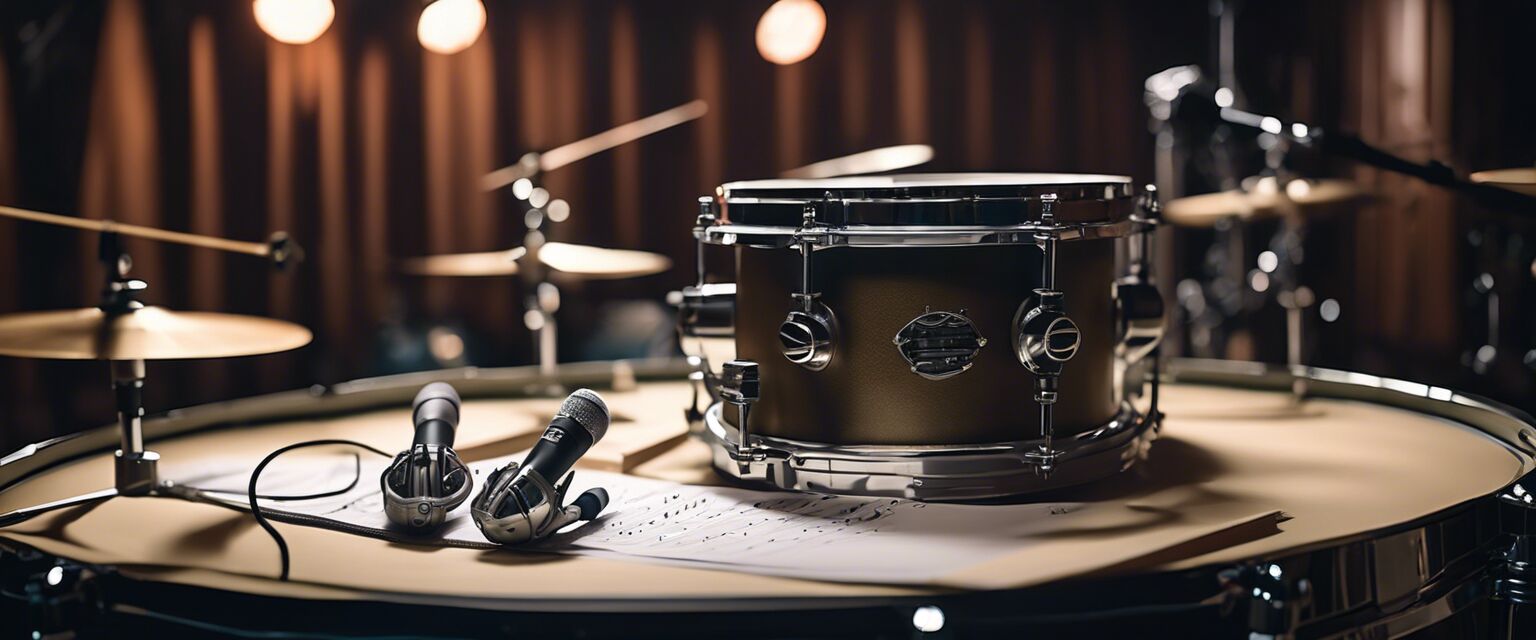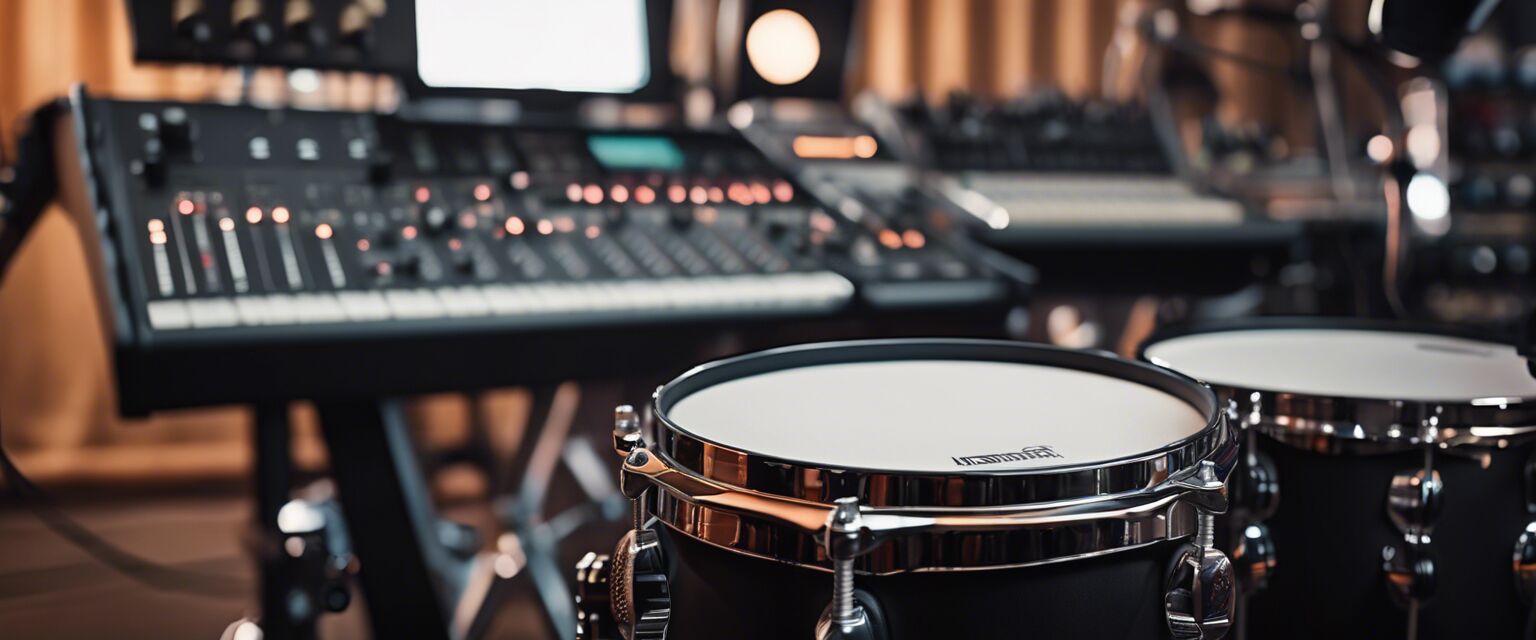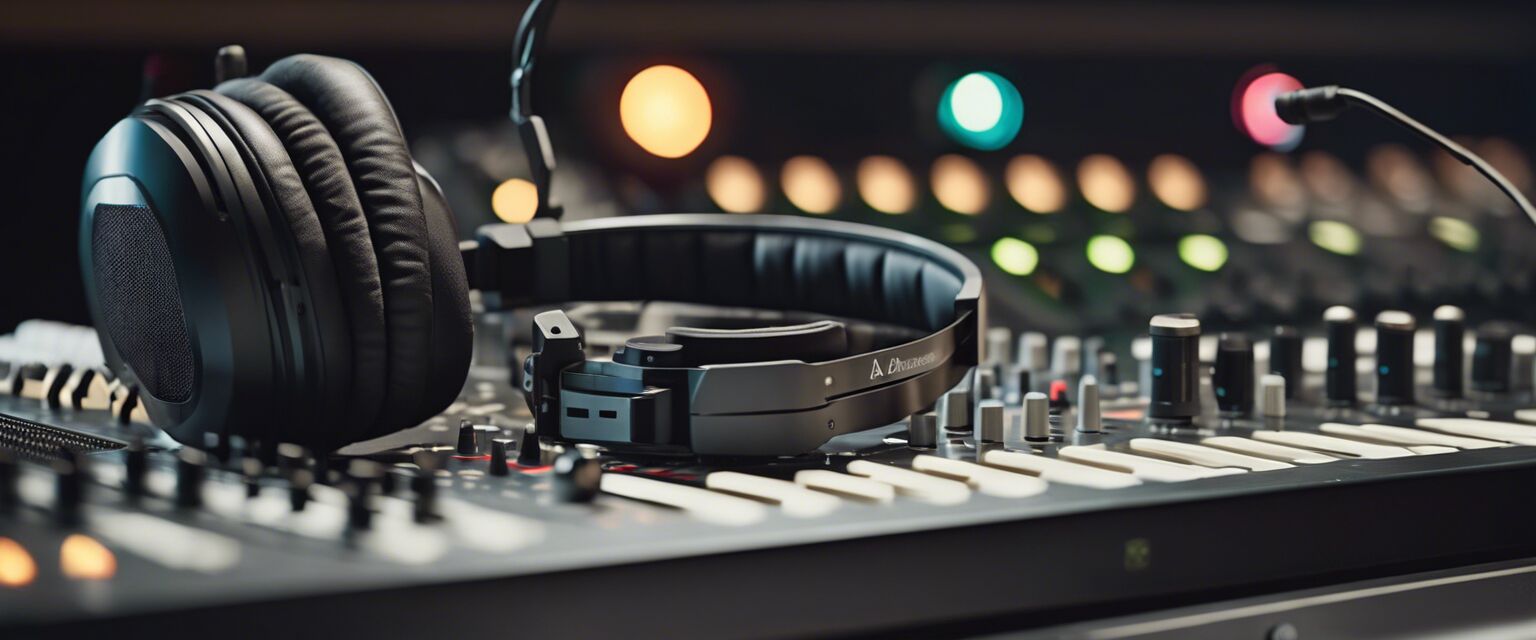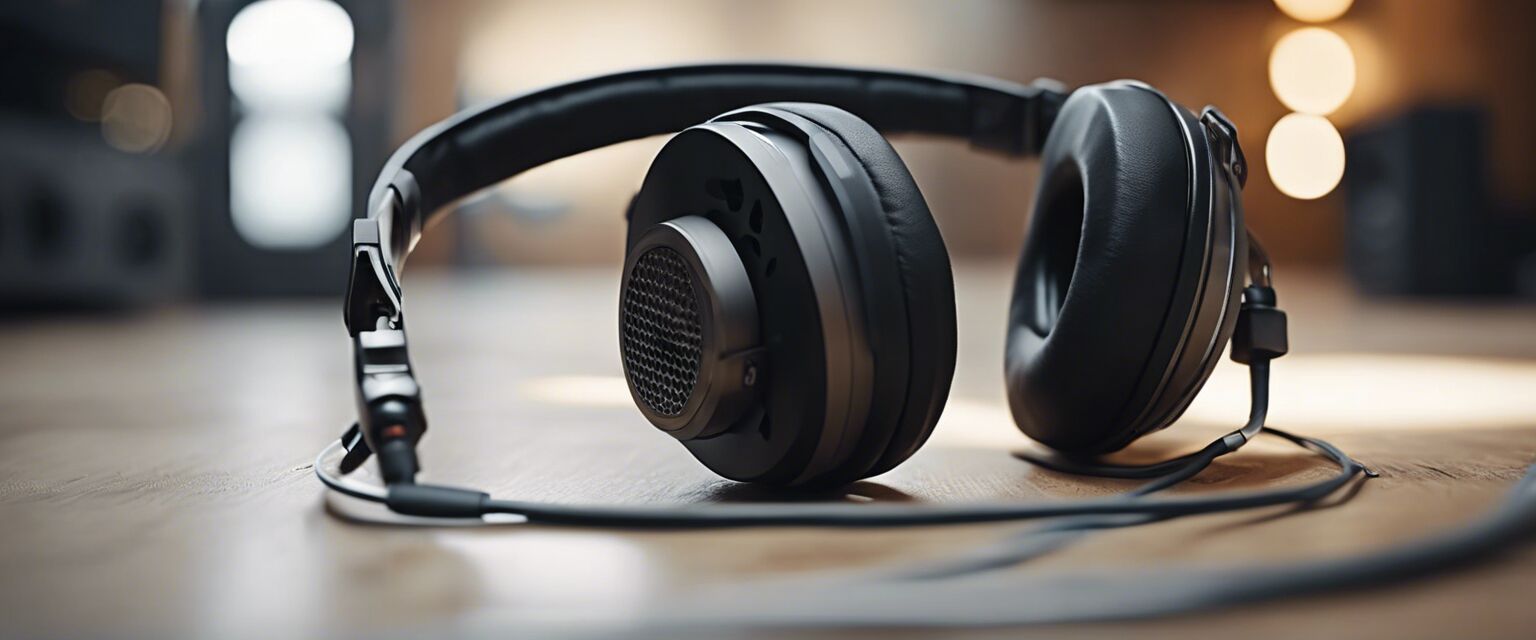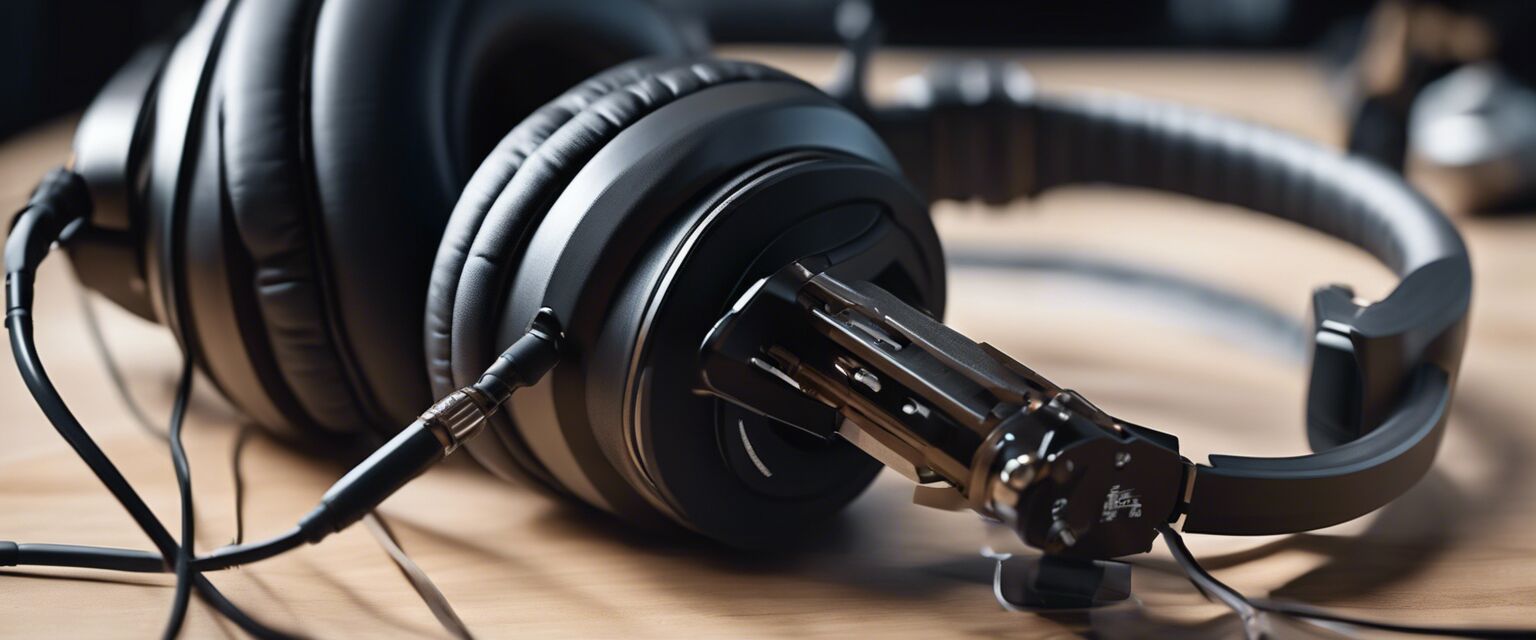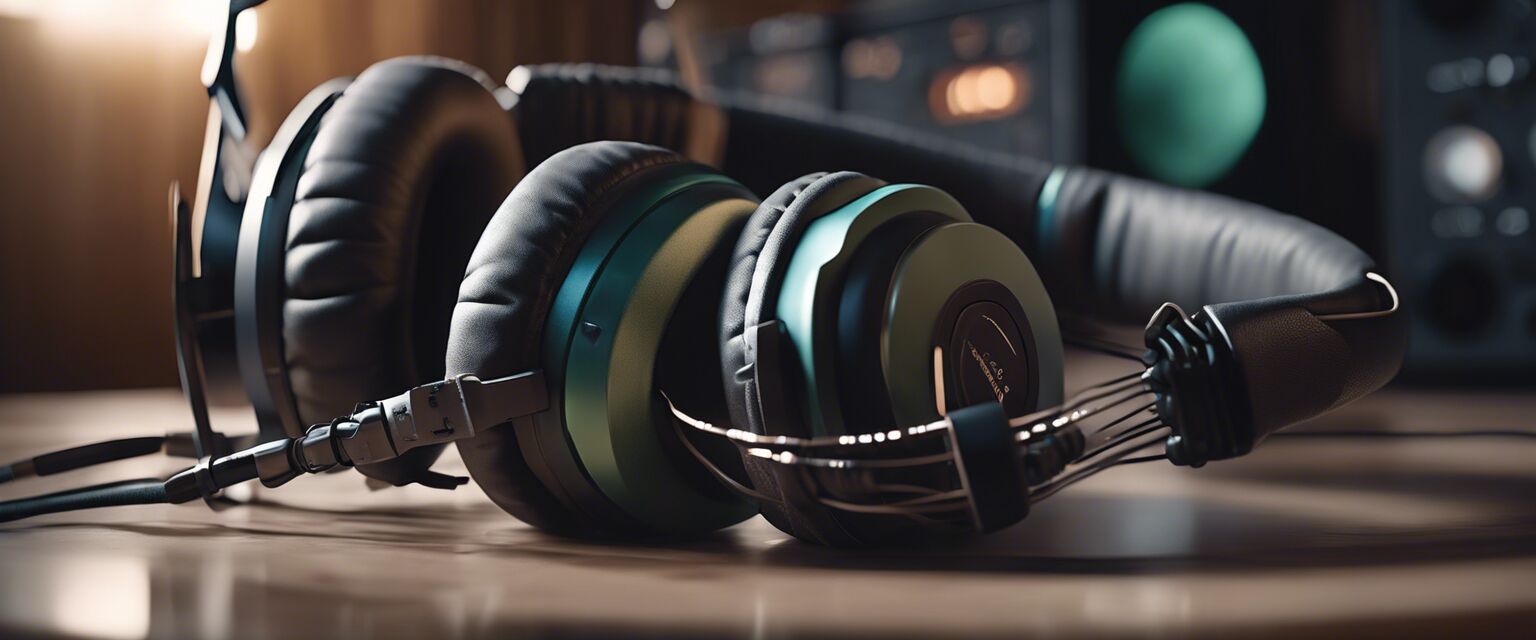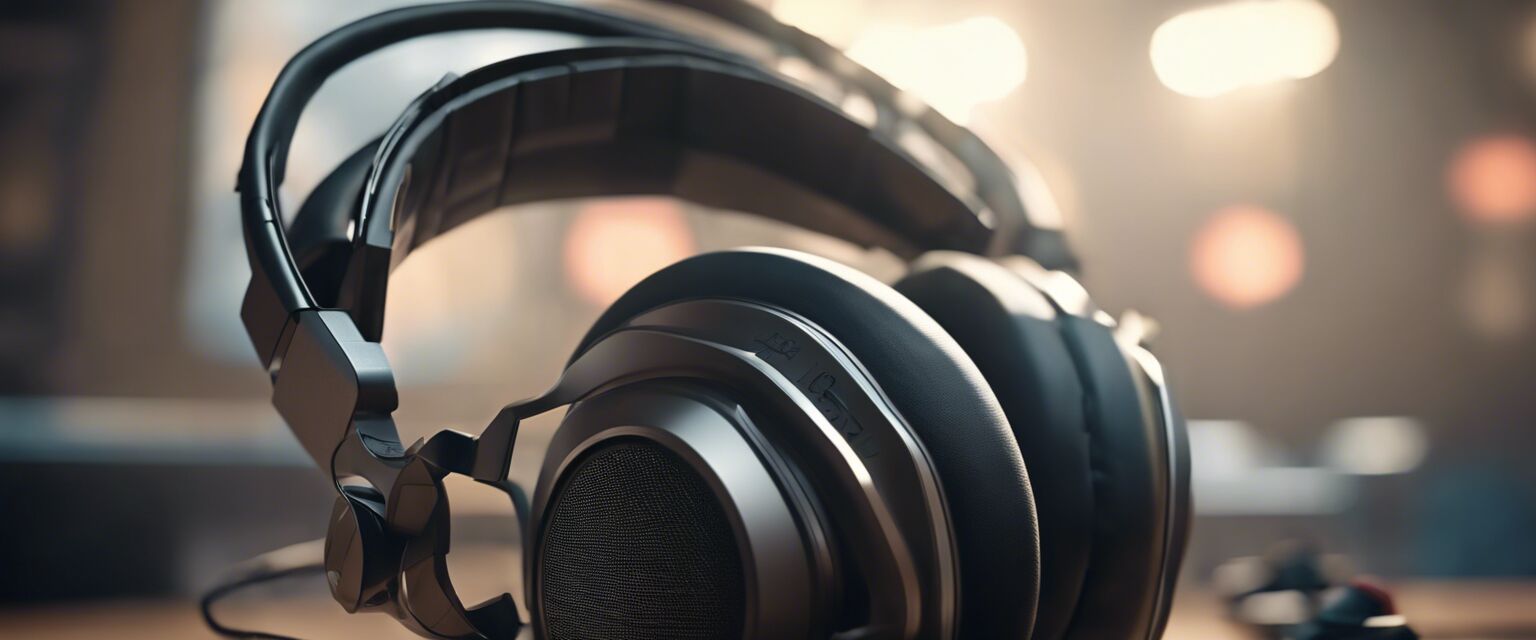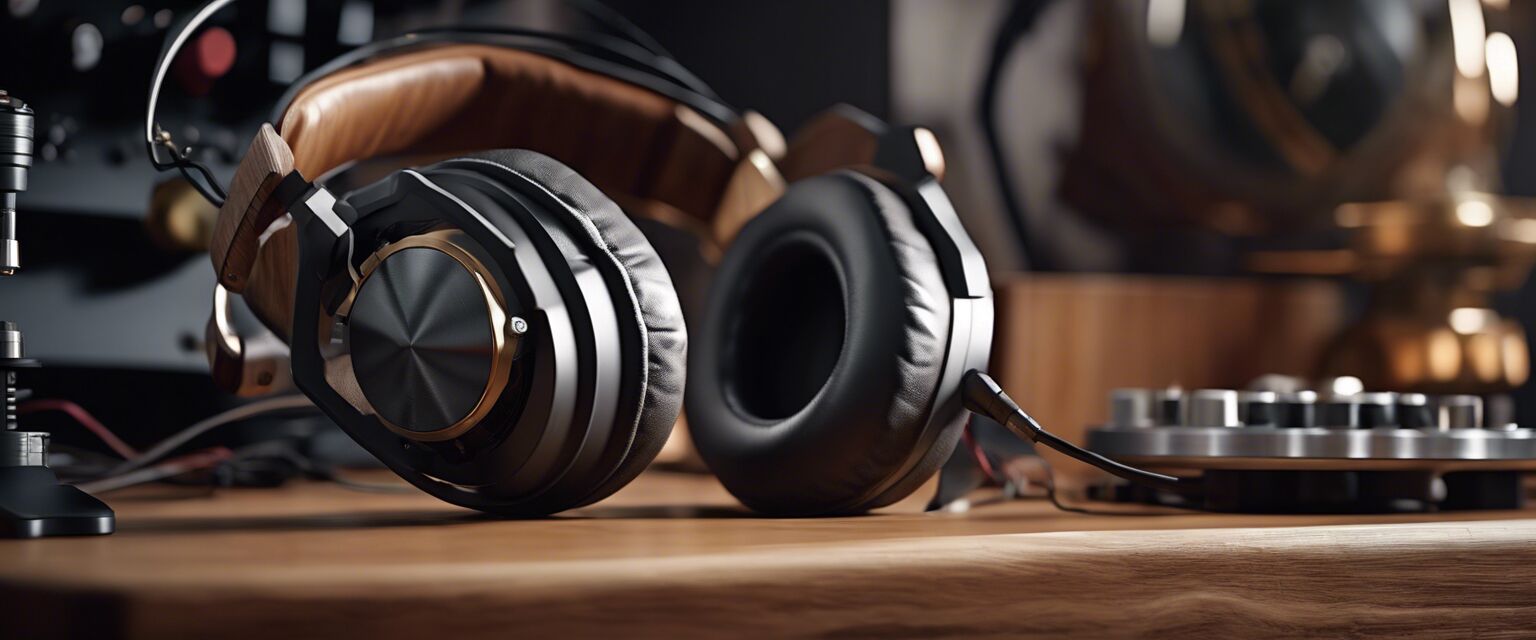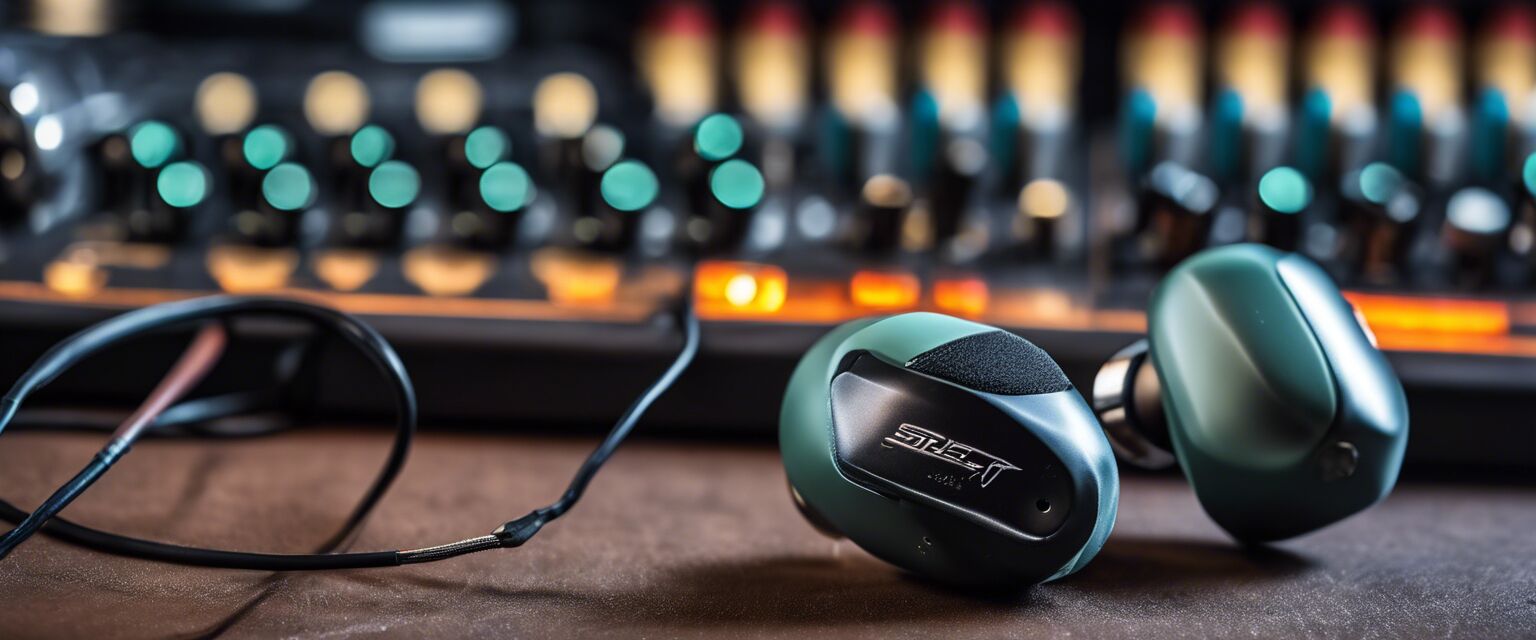
In-Ear Monitors for Drummers
Key Takeaways
- In-ear monitors (IEMs) provide superior sound isolation for drummers.
- They come in various types, including custom-fitted and universal options.
- Choosing the right IEM can enhance your performance and protect your hearing.
- Consider factors like sound quality, comfort, and durability when making a choice.
As a drummer, maintaining the right sound environment is crucial for both practice and live performance. In-ear monitors (IEMs) not only help you hear your own playing but also blend in other instruments and vocals seamlessly. This article provides detailed insights into the world of in-ear monitors specifically catered to drummers, including reviews and tips for selecting the right pair for your needs.
What are in-ear monitors?
In-ear monitors are small headphones that fit directly into your ear canal. They serve two main purposes: to provide a clear sound mix of the band during performances and to isolate the user from external noise. This is particularly important for drummers who often play in loud environments.
Types of in-ear monitors
- Custom-fitted IEMs: These are molded to fit your ears perfectly, providing the best sound isolation.
- Universal IEMs: These are designed to fit most ears and are often more affordable than custom options.
- Wireless IEMs: These offer the freedom to move around on stage without being tethered to a cable.
Benefits of using in-ear monitors for drummers
| Benefit | Description |
|---|---|
| Enhanced sound quality | IEMs provide a clearer mix of instruments, allowing for better performance. |
| Hearing protection | By isolating sound, IEMs help protect against hearing damage from loud environments. |
| Mobility | Wireless IEMs allow drummers to move freely during performances without worrying about cables. |
| Comfort | Many IEMs are designed for long wear, ensuring comfort during extended sessions. |
How to choose the right in-ear monitors
When selecting in-ear monitors, consider the following factors:
- Sound quality: Look for IEMs that offer a balanced sound signature.
- Fit: Ensure that the IEMs fit securely and comfortably in your ears.
- Durability: Choose models that are built to withstand the rigors of performances.
- Price: Set a budget and find the best option within that range.
Popular features to look for
| Feature | Description | Importance |
|---|---|---|
| Noise isolation | Reduces external noise interference. | High |
| Driver type | Dynamic, balanced armature, or hybrid drivers affect sound quality. | Medium |
| Frequency response | Range of sounds the IEM can reproduce. | High |
| Warranty | Protection against defects and issues. | Medium |
Pros and cons of in-ear monitors
Pros
- Excellent sound quality and isolation.
- Lightweight and portable.
- Custom options available for a perfect fit.
- Ideal for both practice and live performances.
Cons
- Can be expensive, especially custom models.
- May take time to get used to the fit and sound.
- Not all models are suitable for all ear shapes.
Conclusion
In-ear monitors are an essential tool for drummers who want to enhance their performance and protect their hearing. With various options available, itâs important to consider sound quality, fit, and durability before making a purchase. By investing in the right IEMs, you can ensure a better sound experience on stage and during practice.
Tips for beginners
- Start with universal IEMs to see if you enjoy the experience before committing to custom models.
- Always try on different models to find the best fit for your ears.
- Consider investing in a good quality audio interface for better sound quality.
- Practice with your IEMs in a controlled environment to get used to the sound.
Further Reading
For more information on related topics, check out our other articles:
- Drum Isolation Headphones
- Noise-Cancelling Headphones
- Over-Ear Headphones
- Portable Audio Interfaces
- Wireless Earbuds
